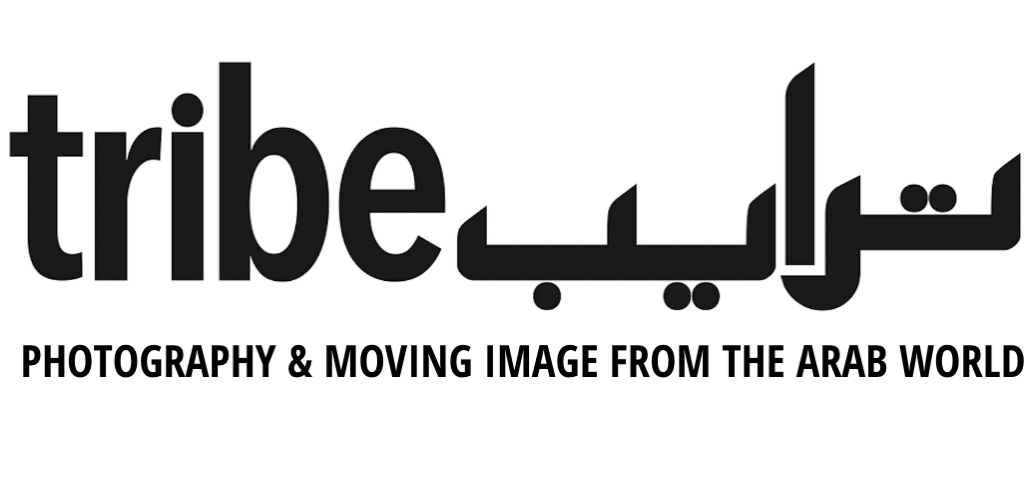Toufic Beyhum: Amoji
Characterizing masks and digital behaviors
Toufic Beyhum, Flexed Biceps, from the series Amoji (2018). Courtesy of the artist.
With text by Maha Alsharif, writer and critic
Professional creative director, and humbly self proclaimed amateur photographer, Toufic Beyhum connects with his surroundings through the camera lens. Whether on his daily commute in Berlin or attending Friday prayer in London, he is candidly observant, in search of behavioral and sociological patterns and trends. Beyhum deliberately refrains from intervening in his environments, as to allow his viewers access to an honest, reportage-like account of secrets that lie in the cultures that he encounters. Since relocating to Namibia, Beyhum continues to follow his natural urge to observe and report. While he did experience a unique culture, he noticed that influences of digital communication have made their way through the fabric of society, in which Namibians too, are speaking the universal language of emojis.
Considering there are infinite variations and combinations to communicate with emojis, Beyhum took interest in exploring the dialect created in Namibia, and Africa in general. He conducted a casual survey to characterize emoji preferences and digital behaviors, which developed into the concept, Amoji - or simply African Emoji. He found that everyone he spoke to is familiar with and uses emojis, with the exception of a few who refer to them as expressions; the majority choose black emojis as opposed to light or neutral colored ones; and finally he concluded the most popular are: smiling face with heart-eyes, face with tears of joy, grimacing face, pleading face, winking face with tongue, crying face, and grinning face with squinting eyes.
To visualize this phenomenon, Beyhum chose a comparatively primitive approach, in which rather than confronting it digitally, he made it tangible and focused on capturing natural physical gestures that occur behind the mask of a particular emoji. He collaborated with two local artists to create six emojis in the form of wearable traditional African masks, made from locally found material. In the following months, he drove around the country with the masks in a trunk and at random stops, presented them to people and requested they select one for a picture. Through his process, Beyhum not only identifies the power of iconography, but also identifies the pivotal role that African tradition plays in contemporary visual culture. Much like it inspired revolutionary art movements in the past, it maintains a robust connection to visualizing human emotion and expression, even in the digital age.
Heart Himba (2018) is perhaps one of the most striking images from series. Taken in natural light, in a natural setting, and on what appears to be an ordinary day in Windhoek, the subject of the picture is remarkable. A Himba woman sits on the side of a street close to a display of bangles for sale. She is wearing the smiling face with heart-eyes mask. When presented with the masks, Byehum says “she laughed but couldn’t speak english and I couldn’t speak Oshihimba, which is their language”. Nonetheless, he was able to communicate his intention, and with little hesitation, the indigenous woman agreed to model her favorite mask.
Flexed Biceps (2018) is faceless yet instantly recognizable. Captured in daylight, the image shows in detail the exterior anatomy of an arm with tense, flexed biceps. The arm pokes through the centre of the backdrop, a stretched, honey and blue hive patterned fabric. In the emoji world, the icon connotes physical and mental strength. While that interpretation is true to the image, Beyhum extends the meaning by contrasting elements from classical Western and African art. In that, historically, Western Art placed significance on accurate realism and physical perfection, while African Art focused on symbolism, cultural beliefs and functions. It is a particularly interesting combination because most relate to the symbol of strength in the image, and so it asserts the richness of African heritage and how it has become a major pillar in today’s global visual experiences.
Similarly composed, Folded Hands (2018) shows two hands in a praying position. In perfect symmetry the hands come out of stacked square blocks of concrete, as if the body is imprisoned. Symbolically, the image speaks to freedom and spirituality. The concrete blocks represent industrialization and, more broadly, human accomplishments and civil order; whereas the hands represent fear of the unknown and the instinct to ask for protection, clarity, serenity, and blessing. Through connections between basic visual shapes, the image illustrates man’s innate gratitude and hopefulness.
In Amoji, Beyhum materializes universal digital icons into physical objects inspired by Namibian culture. The final 36 colorful images take the viewer on a journey of interactions, full smiles, cries and heart-filled eyes. Beyhum presents his personal experience in Namibia, both in and out of the digital realm.


